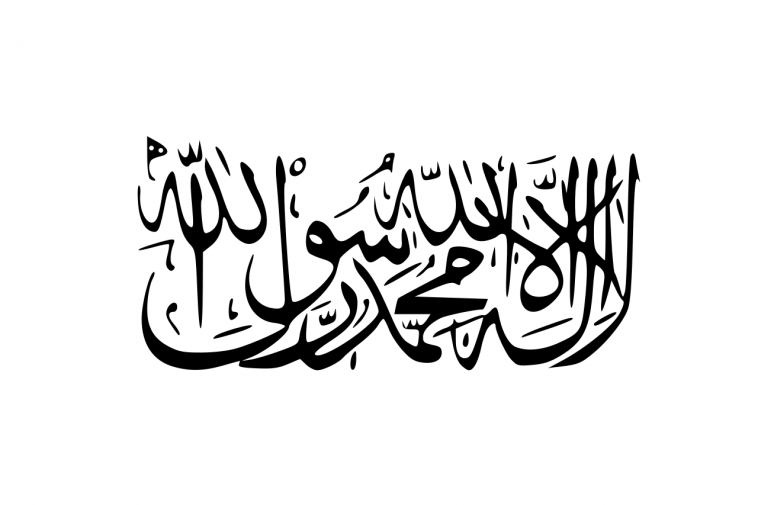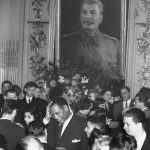You might have noted that the war in Afghanistan is finally winding down. Foreign countries are pulling out, sometimes rather sneakily, while the Afghan government prepares itself to tackle to war by itself… Well a big problem is that almost as soon as American troops started leaving, the Taliban began an enormous offensive to start taking over the country. The current situation, sure to be outdated within a matter of days, has the Taliban controlling around 221 of Afghanistan’s 421 districts. This was reported on July 15th, noting this is an increase from just 73 districts in mid-April. That’s, uh… Pretty damn fast.
To be fair, these reports are often contested and the reality on the ground is difficult to verify. Both sides have good reason to lie about their situation after all. Though it’s undeniable that their advances have been swift and often overwhelming, with hundreds of Afghan troops fleeing across the border rather than fight a seemingly unstoppable horde. It’s a familiar sight if you know about the Vietnam war, or hell even the Soviet-Afghan war. So… Why is this happening? Why are the Taliban gaining so much ground and hell, why are they being supported? I think this may be a good time to look at their history and maybe gain some insight.
Origins of the Taliban
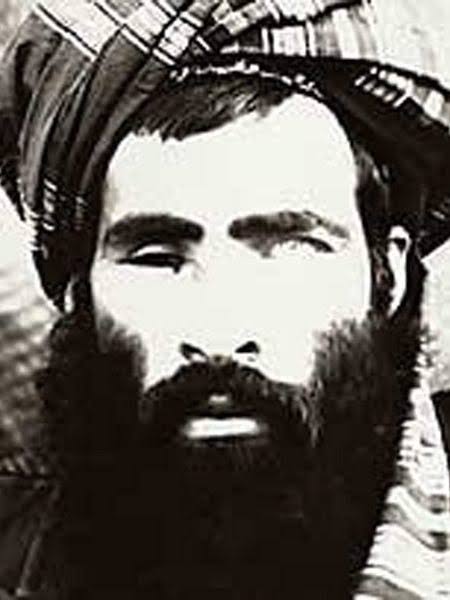
The common held belief is “The CIA armed the Taliban to fight the Soviets.” Well that’s sort of true, but only in a tangential way. See, the Taliban didn’t even formally exist until after the Soviets had left! What the Americans armed were the ‘Mujahideen’, which is a catch-all term for armed groups engaging in jihad or ‘religious struggle’. Even this is using an often misleading characterization of what jihad means, but in this context, it’s Islamic armed groups. And for a long time, they were loosely defined and mostly united by a general opposition to the Soviets and their proxy government in Afghanistan.
Much of the mujahideen groups simply fought locally and it wasn’t until 1988 that the ‘Islamic Unity of Afghanistan Mujahideen’ arose, which was a combination of the seven largest groups at that time. So they became the Taliban right? Wrong! They almost immediately began fighting each-other after unseating the Afghan government in 1992, starting the first Afghanistan civil war. At this time, the nation had become a series of chaotic fiefdoms and civilians were subject to indiscriminate murder, robbery and often sexual assault. People were desperate and in desperate times, people will latch onto whatever they can.
It was in these conditions that Mohammed Omar began to form the Taliban. Omar had went to Pakistan in 1979, as so many did at that turbulent time, in order to study at an Islamic university which preached orthodox Deobandi Sunni Islam. (More on that later). After several years he returned to Afghanistan to fight with the mujahideen, distinguishing himself as a fighter and building a reputation for himself. After the war, he returned to his village of Singesar where he worked as a religious teacher, further establishing himself as a local authority to be respected. According to Taliban legend, Omar had a dream in 1994 in which a woman came to him and asked him to fight with Allah’s help.
Omar gathered students loyal to him and armed them under the promise of uniting the country and stopping the cruel practices of the local warlords. Appropriately enough, the word ‘Taliban’ loosely means ‘Students’, which is appropriate for that origin. In their first known attack, local villagers came to the Taliban for help rescuing two young girls who had been kidnapped and raped by local warlords. They attacked the camp, rescued the girls and hanged the commander. From these seemingly genuinely noble actions, support for the group grew and further attacks against abusive warlords began, with recruits being drawn both from local citizens and increasingly from refugees in Pakistani border camps.
Seizing Afghanistan
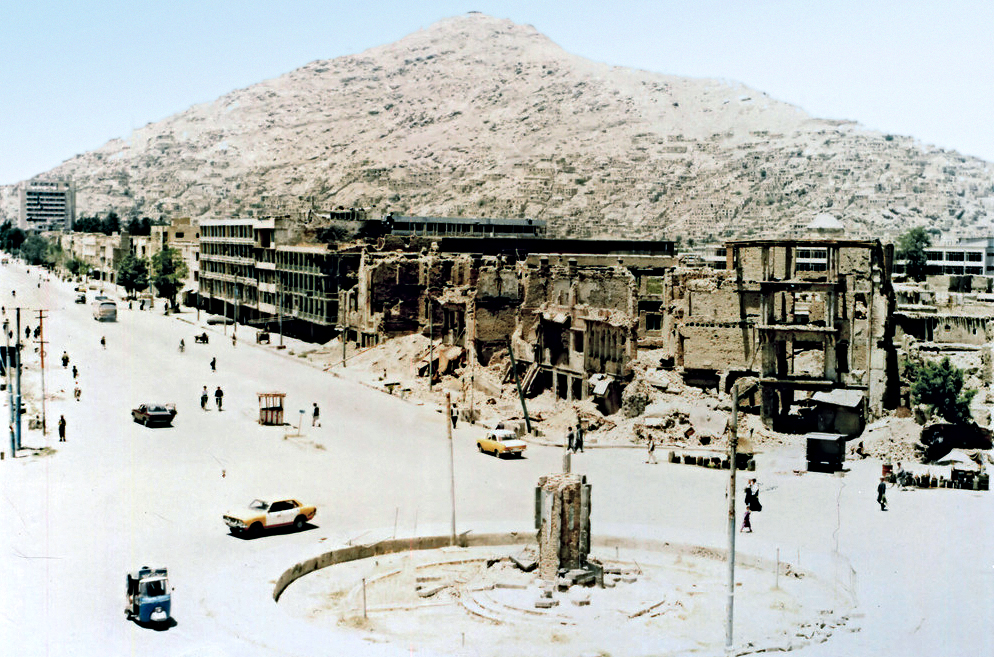
On October 12th 1994, the Taliban seized Spin Baldak, a border town with Pakistan. (Incidentally, this same border town was seized again on July 15th this year). From there, the flood of recruits across the Pakistan border would only increase, gradually changing the character of the organization as well as strengthening it. Within a month, the inflated Taliban forces were able to attack the city of Kandahar and seize it within two days. The isolated warlord factions simply lacked the strength, resources, local support and morale to withstand an army on the march. Advances were swift, with a third of the country falling under Taliban rule within four months of their first attack… About as fast as they’re seizing territory now.
With each victory came a flood of resources, recruits and popular support. As is the case with many militant groups (even ISIS), harsh religious rule wasn’t implemented immediately. And even if it was, communications were so shot and the advance was so quick that people in the next city over often had little way of telling what waited in store for them. Nor did they particularly mind, given it was much better than suffering under what were often little more than bandits. Bandits who lacked the organizational capacity to resist the onslaught.
What also definitely helped was the direct military aid of Pakistan. From the very outset, Pakistan helped to fund the Taliban, train their troops, supply volunteers, support them diplomatically and supposedly even directly supply soldiers from their own armies. The alliance was at times fragile. Much of the Pakistani leadership was more interested in geopolitical goals rather than ideological ones, although some groups such as the Jamiat-i Ulema-i Islam (JUI) party were aligned with the Taliban’s Deobandi form of Islam and helped to indoctrinate troops at their training camps along the border, strengthening the ideological grip which was ultimately foreign to Afghanistan and proved to weaken connections to the locals.
In September of 1996, Kabul fell to the Taliban advance and the largely non-functional government ceased to exist. Not long after, former mujahideen under Ahmad Shah Massoud formed the Northern Alliance in Afghanistan’s north-east, uniting many of the groups that still existed to resist the Taliban attacks. Controlling about 10% of the country, they managed to hold out right up until the US invasion after 9/11, though Massoud himself was assassinated just two days before the planes hit the towers, some believing that he knew the attack was coming and had been trying to warn the US about it. Given he himself was seen as a little too ‘left-wing’ for America’s liking, the Northern Alliance had very limited support internationally.
The Taliban in Charge
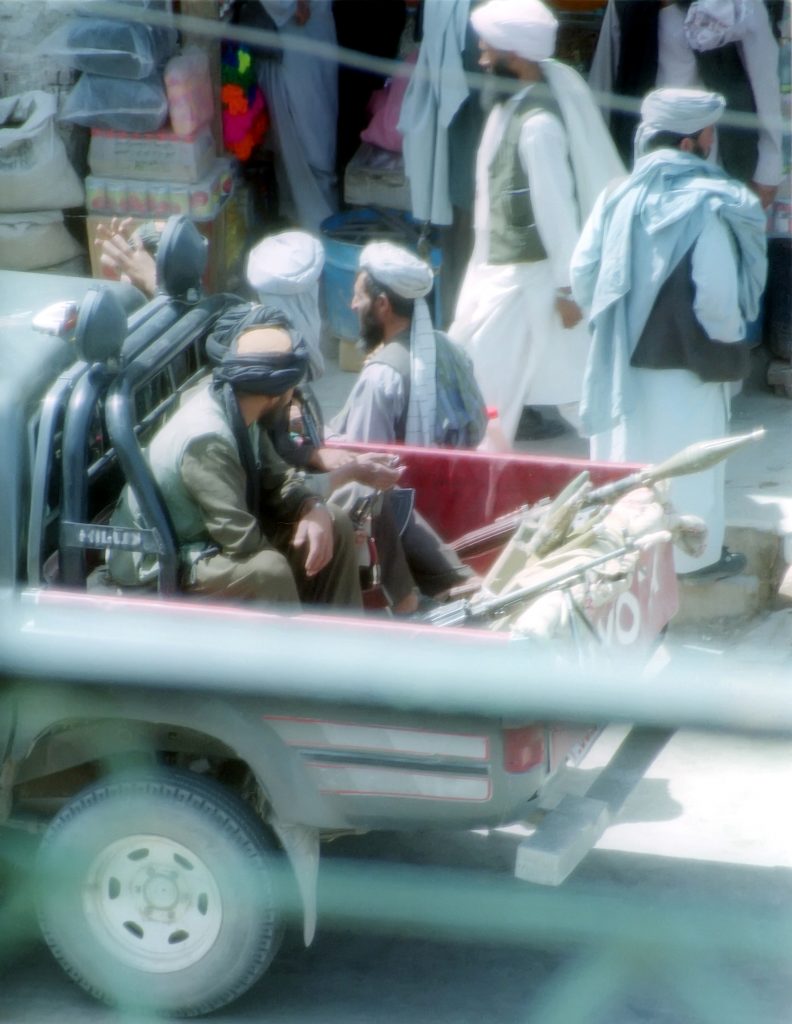
Here’s where things get juicy. Or… Y’know, really horrible. Like I said before, the ideology of the Taliban (which we’ll get into) was quite foreign to that of Afghanistan itself and when it came time to institute their rules, the cracks in their previously staunch support-base only got larger and larger. In September of 1996, the Taliban established the ‘Islamic Emirate of Afghanistan’, their new official government with the promise to bring ‘order’ to the chaotic and largely lawless nation. The laws to be put in place would be of a religious sort, ‘Shariah law’ which it should be noted, is a very broad term which means different things to different Islamic groups and even different individual Muslims.
The Taliban interpretation of shariah was strict indeed. In keeping with their particular brand of Islam (albeit including specific edicts from Mullah Omar himself), women were strictly segregated from public life, forced to wear a full veil, barred from education and could not leave the house without a male relative. Movies, music, photography, many sports, dancing and other cultural activities were banned, sometimes for purely spiritual reasons and other times for perceived western influence. Other Islamic sects (such as Shia Muslims) were forced to convert or potentially be killed, while other religious groups such as Hindus were forced to wear yellow badges in a… Familiar practice for those who know basic history.
During their struggle to take territory firmly held by the northern alliance, their earlier status as ‘liberators’ was very quickly reversed. Often the populace of this territory were regarded uniformly as enemies and massacred, being shot in the street, crammed into shipping containers to suffocate or beheaded with knives. This was particularly the case when Al Qaeda, who the Taliban harbored, took part in the assaults. Many women (particularly those of ethnic minority groups) were kidnapped for use as sex slaves, spitting on the Taliban’s claim to be ‘protecting the honour of women’ through their rule.
Some of the Taliban’s actions were considered quite popular though. Most notably was the curtailing of drug use, which carried a heavy penalty. Towards the end of the Taliban’s rule, Omar outright banned opium cultivation which slashed global heroin usage by around two-thirds. This only lasted two years, with the fall of the Taliban leading to the return of growth and export. The much publicized Taliban destruction of the iconic Buddha statues in Afghanistan were also justified by them as not a religious act, but out of outrage at the west offering to donate money for their preservation at a time when Afghan civilians were starving due to economic sanctions. It’s entirely possible and even likely that this is untrue.
Fall of the Taliban
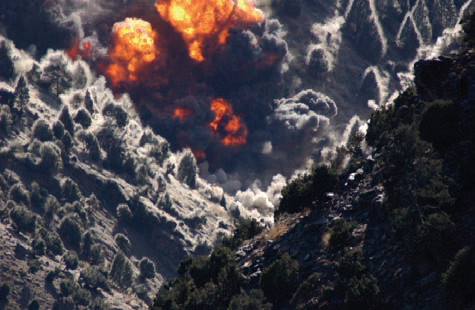
As noted before, the Northern Alliance only controlled about 10% of the country by the fall of the Emirate, though this is a little unfair to their position. Even at their height while ruling, the actual membership of the Taliban wasn’t enormous. A lot of small towns and villages had limited Taliban presence and were led by local tribal leaders so long as they didn’t push their independence too far. In these areas, women had a bit more freedom and it was easier to escape punishment for violating rules. Harsh actions such as the amputation of hands and feet for petty crime caused dissatisfaction to grow rapidly.
What also didn’t help was the heavy presence of Pakistani fighters and Al Qaeda, widely seen as foreign intruders who violated traditional customs and often couldn’t speak the language. (Afghanistan, contrary to popular belief, is not an Arab country and does not speak Arabic, which was common for many Al Qaeda fighters in particular.) US opposition to Al Qaeda caused even many Taliban fighters to fear that harboring them would result in invasion, but Omar overruled any attempts to have them expelled from the country.
The Taliban were international pariahs. Even while ruling the country, only Pakistan, Saudi Arabia, the UAE and Turkmenistan recognized their authority which greatly limited their ability to trade or participate internationally. This, among other reasons, led to near complete economic collapse towards the latter days of Taliban rule. Even without the eventual invasion, it seems unlikely that the Taliban could have held out for much longer. Indeed, the country was on the cusp of famine, so without the necessary power to hold itself together, it’s possible the Northern Alliance would have gained the upper hand… Though then again, Pakistan may have intervened to keep the state afloat.
As we all know, the US didn’t exactly take kindly to Al Qaeda destroying the world trade center and killing several thousand people. They’d hated Al Qaeda for quite a while in fact, but that really tipped it over the edge. It was openly acknowledged that Al Qaeda were being harbored in the Emirate and many training camps existed. The US demanded that Osama be handed over immediately along with every other terrorist, with all camps to be shut down and inspected by the US. The Taliban demanded the US’s evidence for Osama being behind the attacks (which were never given) and so, on October 7th, the US invaded Afghanistan and Kabul fell by November 12th.
Ideology of the Taliban
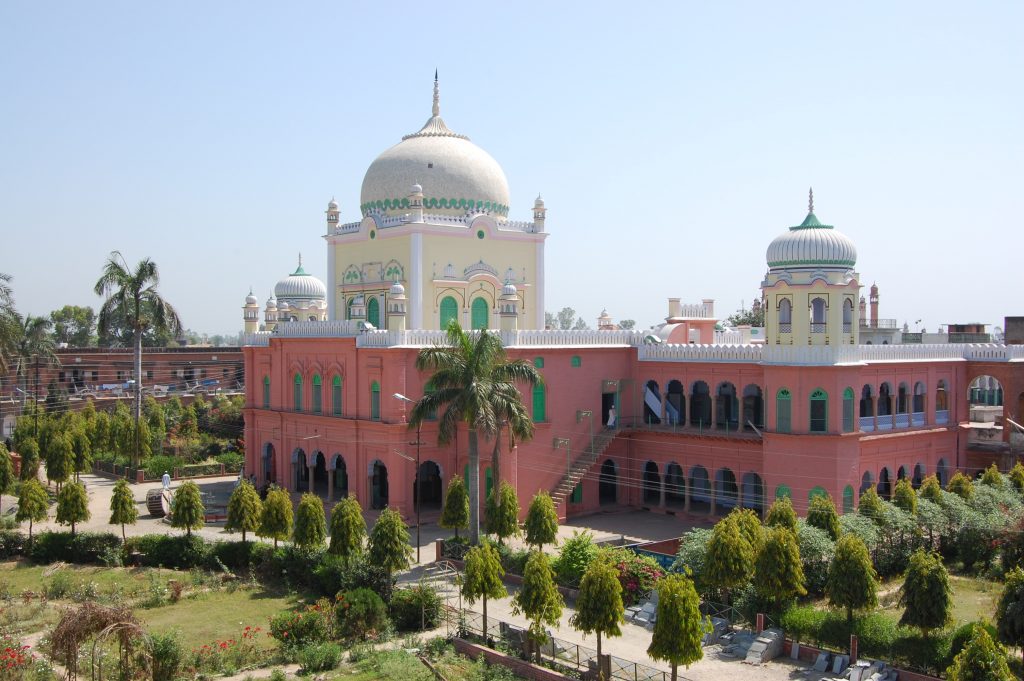
Alright, now we’ve had our little history lesson, let’s discuss what they were actually about. As discussed earlier, the Taliban adhered specifically to ‘Deobandi Islam’. Now what does that mean? This belief comes from the city of Deoband in India and was founded in the mid-1800s. They conform to the Hanafi school of Islamic jurisprudence (which would take forever to go into) and take a degree of influence from Wahhabism, the Islamic sect most prominent in Saudi Arabia and the UAE, notable Taliban supporters. Being founded in India prior to partition, it gained heavy popularity among Indian Muslims who later founded Pakistan, the Taliban’s number one backer.
Deobandi Islam has of course been subject to change over the years. In its early incarnation, there was actually significant focus on interfaith dialogue and an opposition to militancy. For many followers, this remains the case and it would be unfair to tar all followers with the same brush as the Taliban. It is however also the case that many Deobandi leaders consistently supported Emirate’s civil actions while opposing their militancy. With the influence of more openly militant Salafi and Wahhabi Islam (such as through Al Qaeda), it’s easy to see why the Taliban would mutate into this more extreme form.
Religion wasn’t the only component of ideology though. ‘Pashtunwali’ or the traditional lifestyle of Pashtun people was heavily promoted. While much of Afghanistan was inhabited by Pashtun people, this wasn’t uniformly the case (about 43%), giving the Taliban a sectarian and racist character which alienated many. Many cities controlled by the Emirate were led by Pashtuns despite the differing ethnic and linguistic composition of the city, greatly alienating locals and making many see them as foreign occupiers. Pashtun codes were used to justify the harboring of Al Qaeda, even at great personal expense to Afghanistan. Sometimes these codes contradicted the Quran.
The influence of Pakistan undoubtedly helped assure the ideological hegemony within the Taliban. After all, many of its recruits were refugees who moved to Pakistan at a young age, attended male-only Deobandi religious schools and then were shipped back over to aid in the jihad. The treatment of women especially makes sense in this context, where a lack of association with them in early life led many to treat them more cruelly. Of course there’s a danger in over-emphasizing this. Mullah Omar knew women throughout his life (Hell, a woman visited him in his dreams which created the Taliban in the first place!) and many fighters and commanders had lived in more secular times.
Current Afghan Opinions
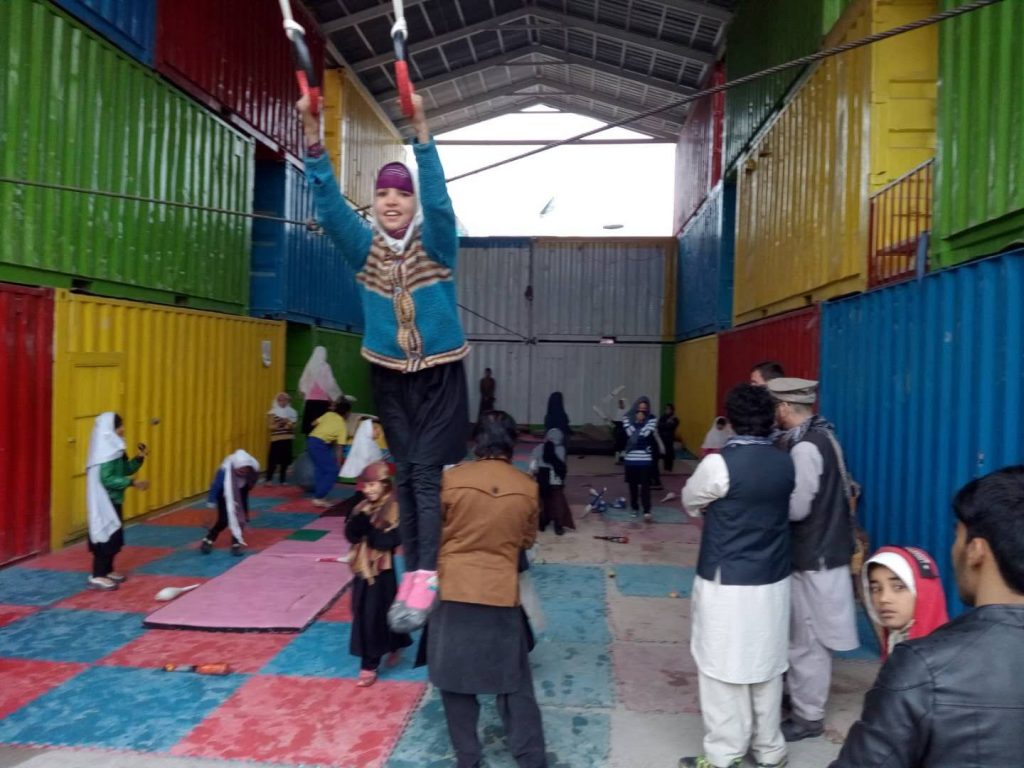
So as you might be noticing from them being poised to take the country again, the invasion didn’t exactly wipe them out. But why? They wrecked the country, never had majority support and were facing a vastly superior foe. Why exactly would they be able to rally support and come back? Well the situation is a lot more complicated than it appears on the surface. For one, while many hate the Taliban, many more absolutely despise the new Afghan government and the US. The Asia Foundation polled Afghans in 2019 and came up with some very interesting results.
When asked about what was important as guarantees for a peace settlement (page 309, q67) only 17% felt foreign military presence was very important and 29% found it somewhat important. Compared with 25% finding it not important at all and 28% finding it not too important. While this doesn’t indicate Taliban support, it does indicate heavy opposition to foreign military presence. Only 39% felt a democratic system was very important and 34% found it somewhat important. Over a quarter don’t find democracy important, which is very significant. That said, womens rights, the constitution, rule of law and freedom of speech are considered very important.
In a 2021 survey by the same group, Afghans were surveyed on what conditions were acceptable for a peace deal. (Page 34) In each wave of surveys, roughly 60% expressed support for blanket amnesty for the Taliban, around 55% for Taliban leaders and around 60% accepted a role for the Taliban in government. A ‘role’ not meaning rulership of course. Around 30% accepted outright ceding control of certain territories to the Taliban, though significantly fewer accepted the idea of women having their rights restricted (10-20%).
So… What the Hell, right? What sense does that make, the Taliban screwed everything up but now people are warming up to the idea of them in government? Not everyone, sure, but enough to make the possibility very realistic (even without a complete military takeover.) It’s notable that Afghanistan is considered to have one of the most corrupt governments on Earth which certainly helps, but still, the Taliban…? How have they regained even that level of trust?
Taliban in the 21st Century
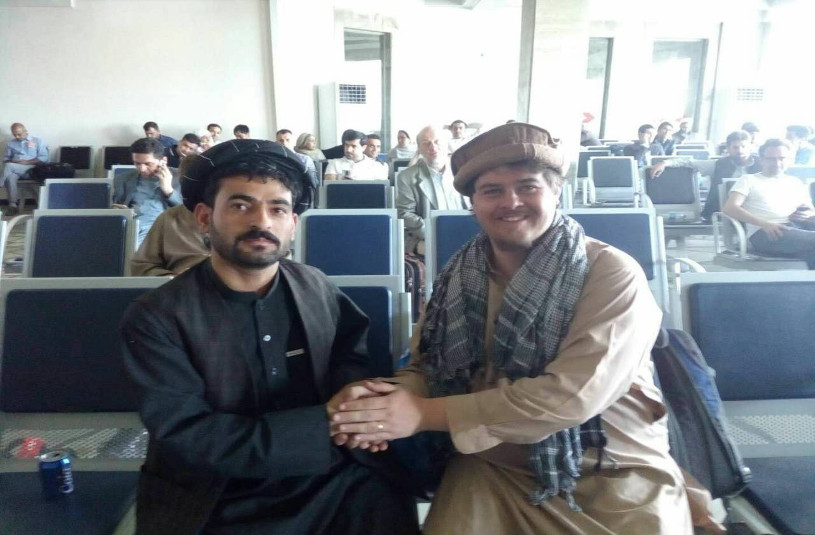
If the ideology was the same as in the days of the Emirate, it’s hard to imagine that the populace would be even nearly as trustworthy. As it happens, things have changed quite a bit since back then and efforts have been made to reconnect with the population, even while continuing to murder a great many of them. Almost as soon as they had been booted from power, self-reflection began and a rebranding campaign was put in place to regain public support.
In the face of US military occupation and a government which was widely seen as illegitimate, the Taliban repositioned themselves as broad nationalists fighting for an independent Afghanistan rather than mere religious extremists. This alone captured the appreciation of many former enemies and has a long historical precedent. Hell, even the Khmer Rouge used this tactic after the Vietnamese kicked them from power, keeping them going right up to the 90s despite widespread public loathing. ‘The enemy of my enemy is my friend’ comes to mind.
As noted in a 2010 paper, the Taliban delivered a statement at a 2009 Shanghai forum which promised peaceful and positive relations with Afghanistan’s neighbors, intending to differentiate itself from the actively hostile Al Qaeda. Indeed, they claimed to have broken these relations entirely (likely aided by Mullah Omar’s remoteness from the movement and later death in 2013). They began claiming a desire to protect media freedom (despite a history of assassinating journalists) and condemned the human rights violations of the Afghan government and US, attempting to claim a moral high-ground.
More notably, many of the laws put in place during the Emirate are no longer enforced in their territory. TV, film, photography and music are permitted and used for propaganda purposes. Tormenting civilians was more harshly punished and rules like men having beards were relaxed as well, though this was often inconsistent and depended on area. Even the persecution of women is reportedly relaxed, with claims that they merely wish to keep women in women-only schools with an Islamic curriculum. Still harsh, but better than before. With ISIS now taking the role of Islamic extremism and the Taliban actively fighting ISIS, it’s easy to see why many may have at least some trust.
Conclusion
With the US leaving and the Afghan government rapidly losing territory, it seems like the Taliban are here to stay. Whether they’ll seize control outright or be invited into the existing government in some capacity remains to be seen. Hopefully with this ridiculously long piece, you can get a better idea of who they are, why they came to power and why they just might come to power again. Assuming stability remains, we here at YPT are very interested to see what opportunities tourism may hold for Afghanistan going forward. We may finally even see a permanent end to the war that has plagued the country since the end of the 70s. Only time will tell!

